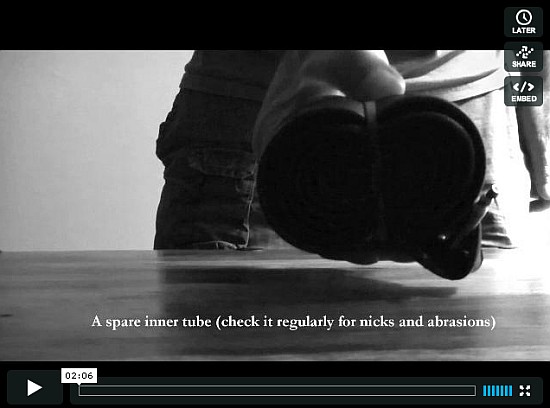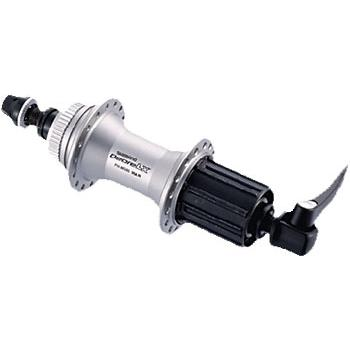I’ve never been one for high end kit. I’ve never owned a really posh bike in my life. I’ve owned a few decent ones and a lot of entry level bikes. I’ve also ridden a lot of very expensive bikes over the years.
As regular readers of this blog will be aware, my current bicycle of choice is an old ten speed racer, upon which I’ve been having, these past few weeks, a cycling epiphany. Riding my entry level 1987 Peugeot racer has shown me that good bike setup, good maintenance and inherently ‘right’ design is at least as important as ‘high-end’ in terms of that slippery value of ‘performance’.
The great Grant Petersen is right to point out that performance comes essentially from the rider. The notion of a ‘performance bicycle’ is somewhat misleading. No matter what bike you ride, the motive power comes from you, the rider.
Now I’m not saying (and neither is GP) that the bike is not implicated in the whole performance issue. What I am saying is that a strong rider on a humble yet well set-up, well adjusted and lubed bike can be at least as quick or quicker than someone on a high-end bike that’s poorly maintained. ill-fitting or both.
There’s nothing like the feeling of getting on a bike and it just fitting perfectly. And that’s what happened when I climbed aboard the Peugeot for the first time. Top tube reach and handlebar height was perfect (the big 60cm frame would no doubt be regarded as HUGE for a 6ft rider in the eyes of modern bike fitting experts). The old fashioned Solida double cranks had a narrow Q factor, keeping my feet close together and allowing me to maximise the efficiency of my pedalling. The 73 degree seat and head tube made the bike respond snappily to pedalling and steering input. Put simply, good design costs nothing and pays back massively.
I’ve had a lighter road bike before, made from aluminium and carbon but it didn’t have that elusive ‘rightness’ that this bike has, low end steel and all. The bars weren’t in the right place – I was constantly swapping stems, rotating bars and moving the seat up, down, fore and aft – to no avail. It just wasn’t right.
The other big factor here is the efficiency that comes from a well lubed and adjusted bike. Wheel bearings set just-so, pedals and bottom bracket slick. Chain lightly oiled and silent. Headset smooth, brakes sharp, tyres at the right pressure. Add all of these small percentage gains together and even an old cheap bike can be fast, efficient and fun.






